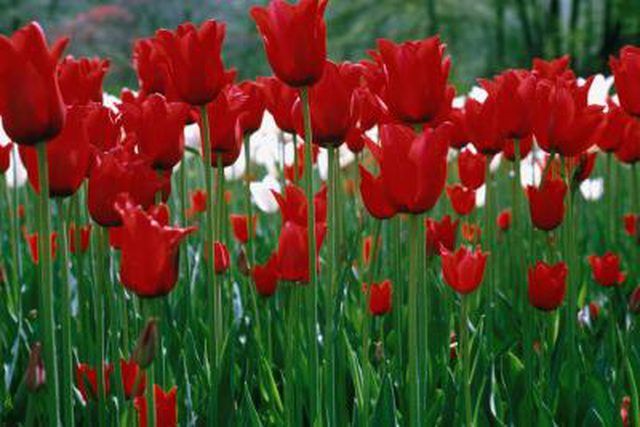Bulbs
Flower Basics
Flower Beds & Specialty Gardens
Flower Garden
Garden Furniture
Garden Gnomes
Garden Seeds
Garden Sheds
Garden Statues
Garden Tools & Supplies
Gardening Basics
Green & Organic
Groundcovers & Vines
Growing Annuals
Growing Basil
Growing Beans
Growing Berries
Growing Blueberries
Growing Cactus
Growing Corn
Growing Cotton
Growing Edibles
Growing Flowers
Growing Garlic
Growing Grapes
Growing Grass
Growing Herbs
Growing Jasmine
Growing Mint
Growing Mushrooms
Orchids
Growing Peanuts
Growing Perennials
Growing Plants
Growing Rosemary
Growing Roses
Growing Strawberries
Growing Sunflowers
Growing Thyme
Growing Tomatoes
Growing Tulips
Growing Vegetables
Herb Basics
Herb Garden
Indoor Growing
Landscaping Basics
Landscaping Patios
Landscaping Plants
Landscaping Shrubs
Landscaping Trees
Landscaping Walks & Pathways
Lawn Basics
Lawn Maintenance
Lawn Mowers
Lawn Ornaments
Lawn Planting
Lawn Tools
Outdoor Growing
Overall Landscape Planning
Pests, Weeds & Problems
Plant Basics
Rock Garden
Rose Garden
Shrubs
Soil
Specialty Gardens
Trees
Vegetable Garden
Yard Maintenance
How to Grow Tulips
How to Grow Tulips. Few plants say "spring" like the tulip (*Tulipa spp.*), which comes in dozens of different flower shapes and colors. About 100 different species exist, but all need cold temperatures during the winter to initiate flower production for the next season. Because of this requirement, they generally grow in U.S. Department...

Few plants say "spring" like the tulip (Tulipa spp.), which comes in dozens of different flower shapes and colors. About 100 different species exist, but all need cold temperatures during the winter to initiate flower production for the next season. Because of this requirement, they generally grow in U.S. Department of Agriculture plant hardiness zones 3 through 8, although they can grow elsewhere as annuals, or as perennials in these areas when given special care. Following a few basic guidelines for planting and care can bring a vividly colored tulip display to your garden.
Getting Started
Fall is the best time to plant tulips as perennials, when soil 6 inches deep has cooled to about 60 degrees Fahrenheit; this gets roots off to a good start before winter. All tulips grow from a bulb, with larger size indicating a mature bulb likely to flower well. Purchase firm, healthy bulbs from a reputable dealer and plant them pointed end facing upward, at a depth that's about 2 1/2 times the height of the bulb. For example, plant a 4-inch tall bulb about 10 inches deep. Space bulbs 2 to 5 inches apart, with more space for larger bulbs.
If winters are warm and without frost where you live, you can plant tulips as annuals each fall, replacing them with new bulbs each year. You could also dig up bulbs after they've flowered and died back, and meet their chilling requirement by refrigerating them away from food at 40 to 45 degrees Fahrenheit for eight weeks, then planting them outdoors.
Ensuring Good Soil and Sun
Tulips require good drainage, because soggy soil promotes rotting of the bulb. Cultivate the top foot of soil well before planting. If it contains clay and tends to drain slowly, mix in about 2 inches of peat moss and 2 inches of compost. You can also mound up the soil into a raised bed before planting, which helps soil drain well and also warms the soil quickly in spring.
Tulips perform best when they grow in full sun, so choose a bright, sunny spot for planting. But if summer sun tends to be hot where you live, this could cause wilting of the flowers, so plant the bulbs where they'll get full sun for the morning and early afternoon, but some filtered, cooling shade in the hotter late afternoon.
Fertilizing and Maintaining Plants
For best blooms, fertilize tulip bulbs in fall with a 10-10-10 fertilizer labeled specifically for bulbs. At planting, mix 5 tablespoons fertilizer and 2 cups of bonemeal into 10 square feet of area, checking your fertilizer product label for additional directions. For bulbs already in the ground from last year, mix these amendments into the top few inches of soil, taking care not to damage bulbs. Repeat this application in the spring, but do it early, when new shoots appear but before flowering starts.
Remove spent tulip flowers and stems with sharp shears, to prevent seed production and funnel energy into a strong bulb; clean your blade with rubbing alcohol between cuts to prevent spreading plant disease. Trim off old leaves for tidy plants, but allow them to yellow and wilt first, to maximize food storage in the bulb.
Avoiding Problems
Tulips prefer slightly dry soil, and too much water can promote rotting of the bulb and growth of fungal organisms, such as gray mold. You can water bulbs at planting, but it's best not to water tulips during the rest of the growing season to avoid these problems. Wet soil can also attract slugs and snails, which feed on foliage and flowers. If you see these pests, hand-pick them or use commercially available traps.
Tulips rarely have problems from insect pests, but burrowing rodents such as voles can feed on and destroy bulbs; in spring, you might see a plant wilt and, upon digging, find a partially or fully eaten bulb. The best prevention for this problem is to plant bulbs in wire cages sunken into the ground to the proper planting depth.